A freshwater lake, the highest of the string of lakes that glitter down the vast trench of the Great Rift Valley, Lake Naivasha is infamous for its rapidly shifting moods. One minute serene and calm, the next it will be whipped by swirling winds and shadowed by storm clouds. Hence its name, which means ‘the place of rough water’.
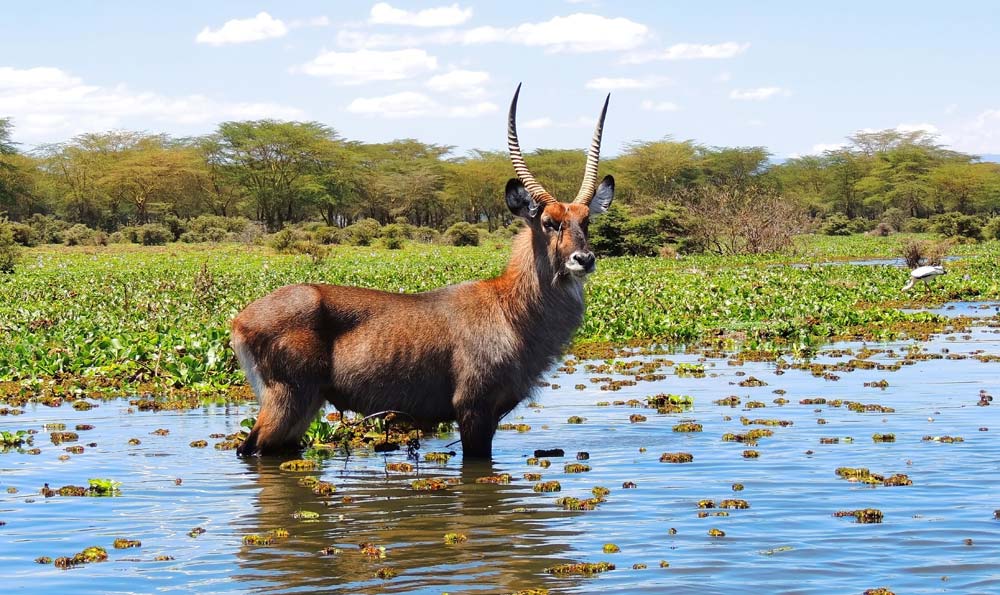
Enigmatic, and dotted with floating islands of Nile cabbage (water hyacinth) and papyrus, Lake Naivasha has no known outlet, and legends abound regarding the vast tunnels that supposedly run beneath its surface. Towered over by the brooding bulk of Mount Longonot (2,776 m), and featuring a submerged volcanic crater known as Crescent Island, this beautiful lake is best known for its high numbers of water birds. Also for the haunting cry of the fish eagles, which feed on the black bass and tilapia of its waters.
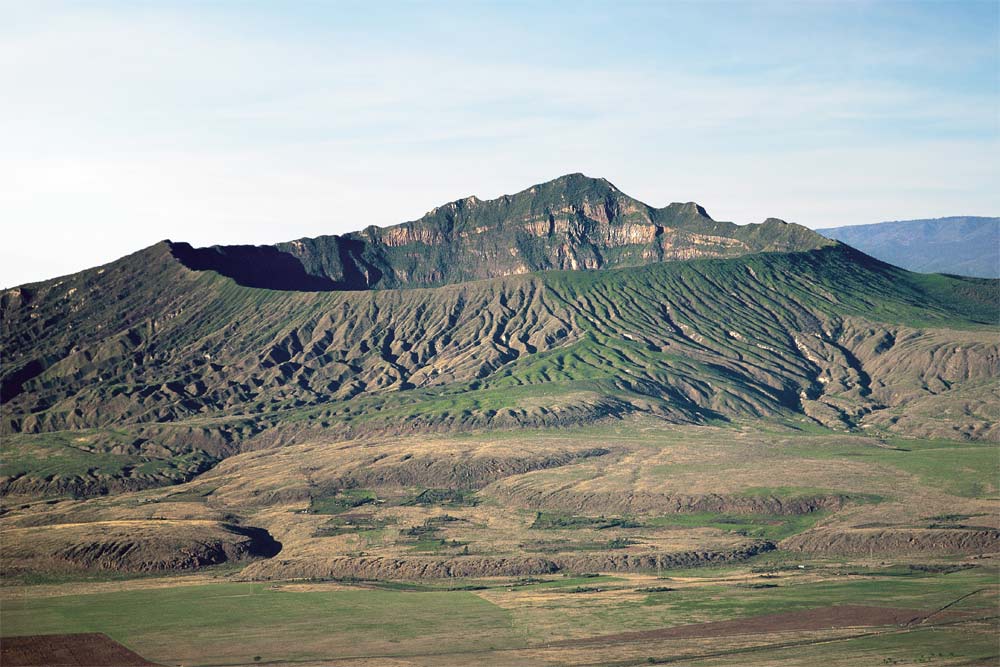
These same waters drive the economy of the area, fuelling huge flower farms, horticultural enterprises and, of course, the tourism industry. It was here in fact that East Africa’s first air passengers landed – the vast ‘flying boats’ of Imperial Airways that came to land on its waters. Guests would stay overnight in the Lake Naivasha Hotel before travelling on by car to Nairobi (100 kms to the south-east).
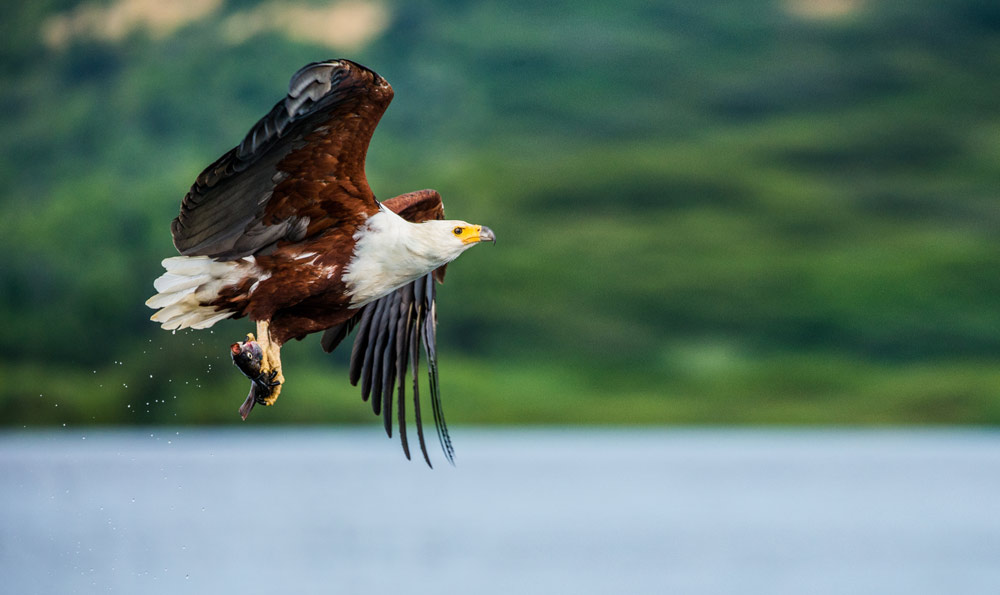
The lake has a large population of hippos, which are regularly to be seen snorting and guffawing in the shallow waters. At night, they troop out to feed on the lawns of the hotels and the lush grass of the riparian fringes. Vervet monkeys and olive baboons live in the woodland adjoining the south-western shore and the game corridors that run from nearby Hell’s Gate National Park allow buffaloes, hartebeest, waterbuck, antelopes and Masai giraffes to access the shores. As for birds, there are plenty of cormorants pelicans, herons, jacanas and long-toed plovers and weavers, while numerous warblers breed in the papyrus reed beds.
What to see and do
Opportunities abound. There are plenty of operators offering boat tours on the lake or, if you feel like stretching your legs, you could climb to the top of Mount Longonot, the great striated volcano that towers over the lake.
Those interested in history can visit nearby Hyrax Hill, a prehistoric site as first discovered in 1926 by Louis Leakey. Here you will find the remains of two settlements: one Pastoral Neolithic and Late Iron Age and the other Early Iron Age.
Driving around the lake, you’ll see a great number of flower farms, some of which offer guided tours. Also on the shores of the Lake is the Oserian Wildlife Sanctuary, which offers safari drives, guided walks and horse-riding; and Elsamere, once the home of Joy Adamson of ‘Born Free’ fame, which offers superb afternoon teas, boat trips and an educational centre.
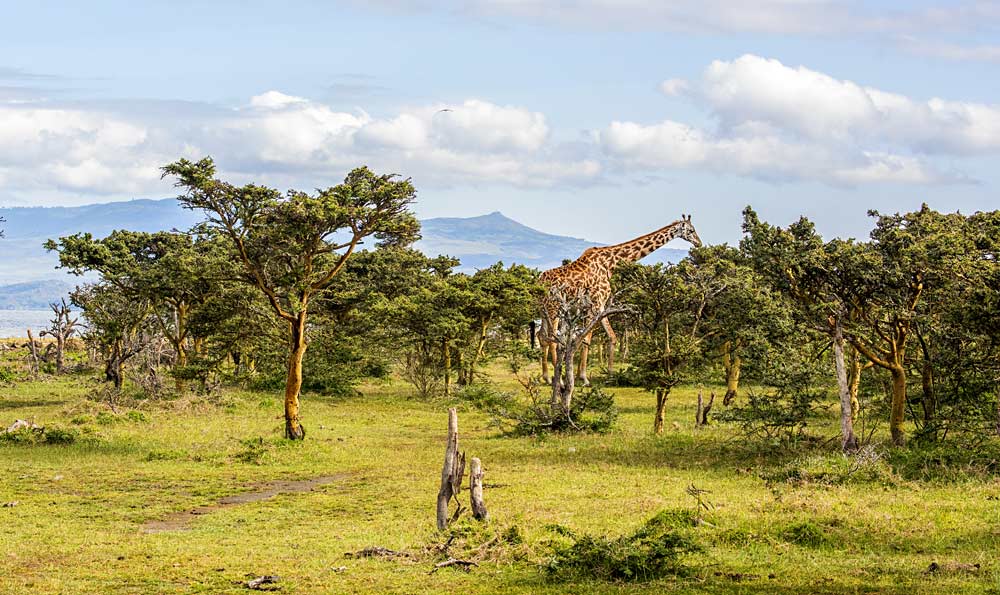
No trip to Naivasha is complete without a visit to the Crescent Island Wildlife Sanctuary, a private sanctuary that can be reached by boat and offers enchanting walks and wildlife viewing (www.crescentisland.co). And there’s also Crater Lake, an extinct volcano at Lake Naivasha’s western end, that promises captivating views over a deep, brilliant green crater and walks through the thick acacia forests (www.craterlake.co.ke).
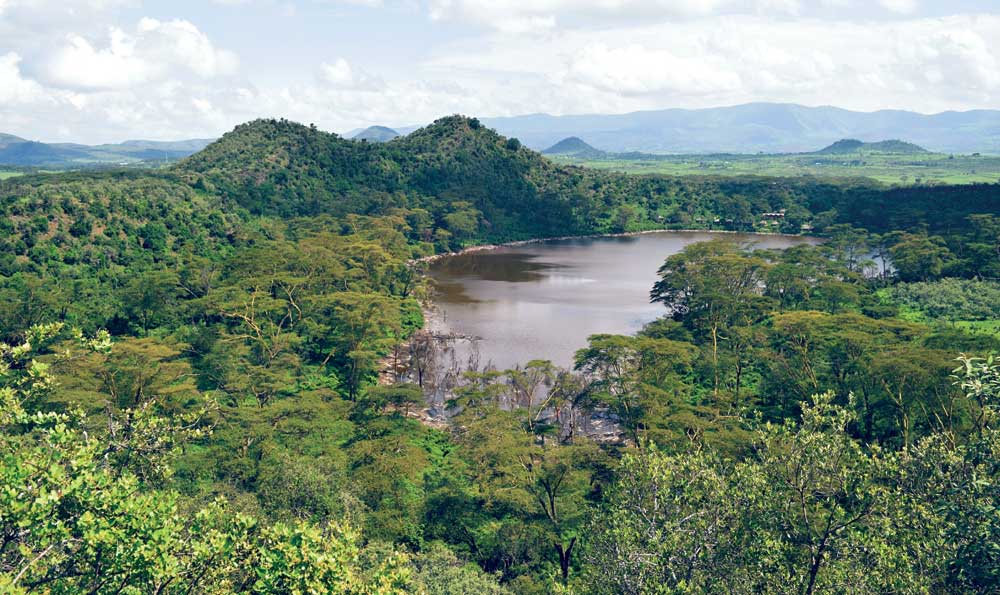
Hell’s Gate National Park
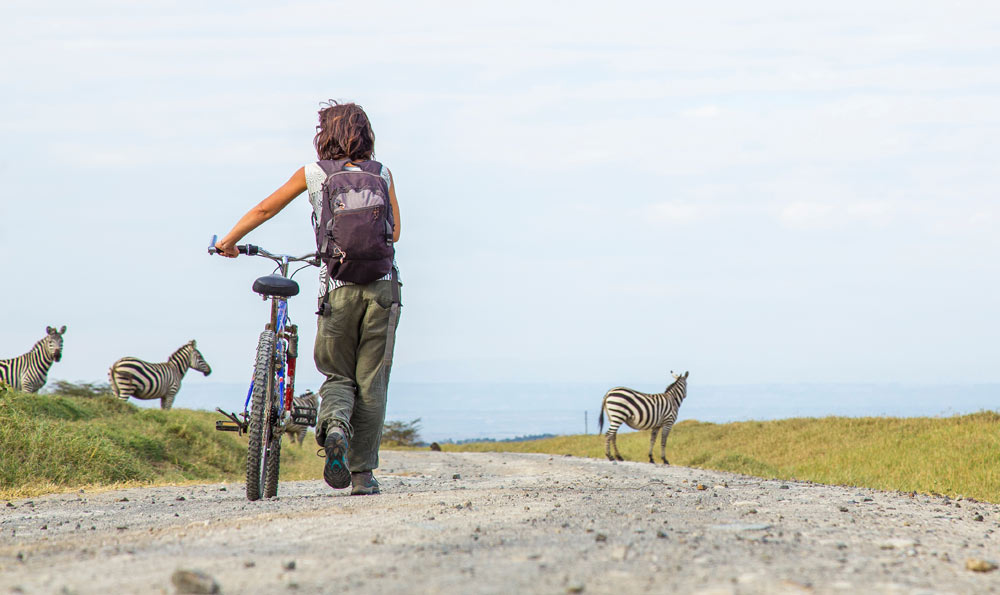
Also on the shores of the lake is Hell’s Gate National Park. Cleft deep into the floor of the Great Rift Valley, this relatively small Park provides endless bio-diversity and is one of only two Kenyan Parks to allow walking or cycling without an official KWS escort.
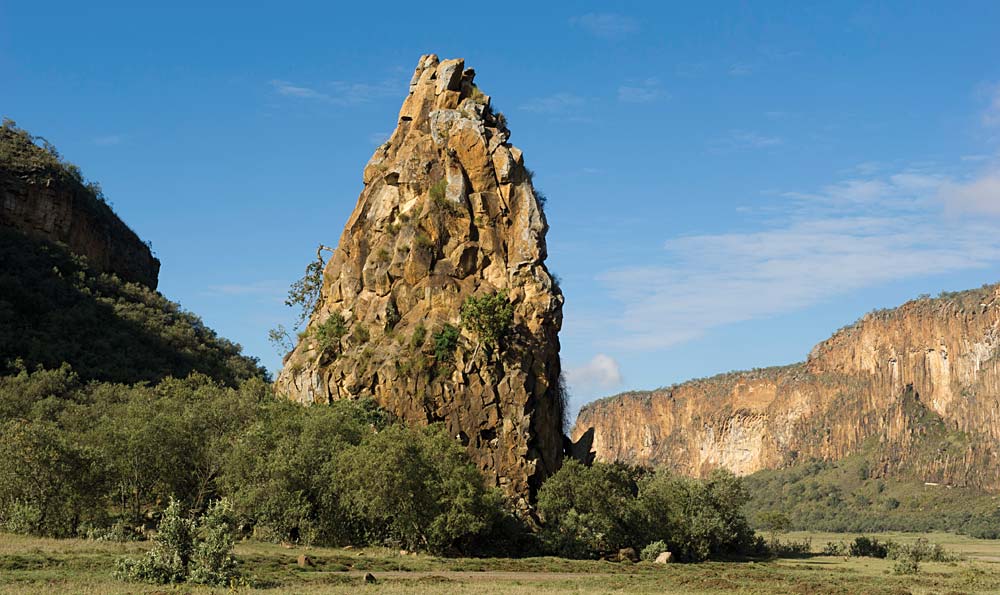
As for the scenery, the towering cliffs, water-gouged gorges, stark rock towers, scrub-clad volcanoes and belching plumes of geothermal steam make it one of the most atmospheric Parks in Africa. It also offers unique opportunities for bird watching, camping, rock climbing and visits to Maasai cultural centres.
Lake Naivasha – how to get there
By road: take the main A104 Nairobi-Nakuru Road to Naivasha (100 km). After passing Naivasha town, take a left onto Moi South Lake Road which goes round the eastern and southern sides of the Lake where many of the hotels and campsites are situated.
To reach Hell’s Gate National Park, drive approximately 20 kms along Moi South Lake Road and then turn off to the left to reach Elsa Gate.
For further information www.kws.org
© 2025 Kenya Holidays
